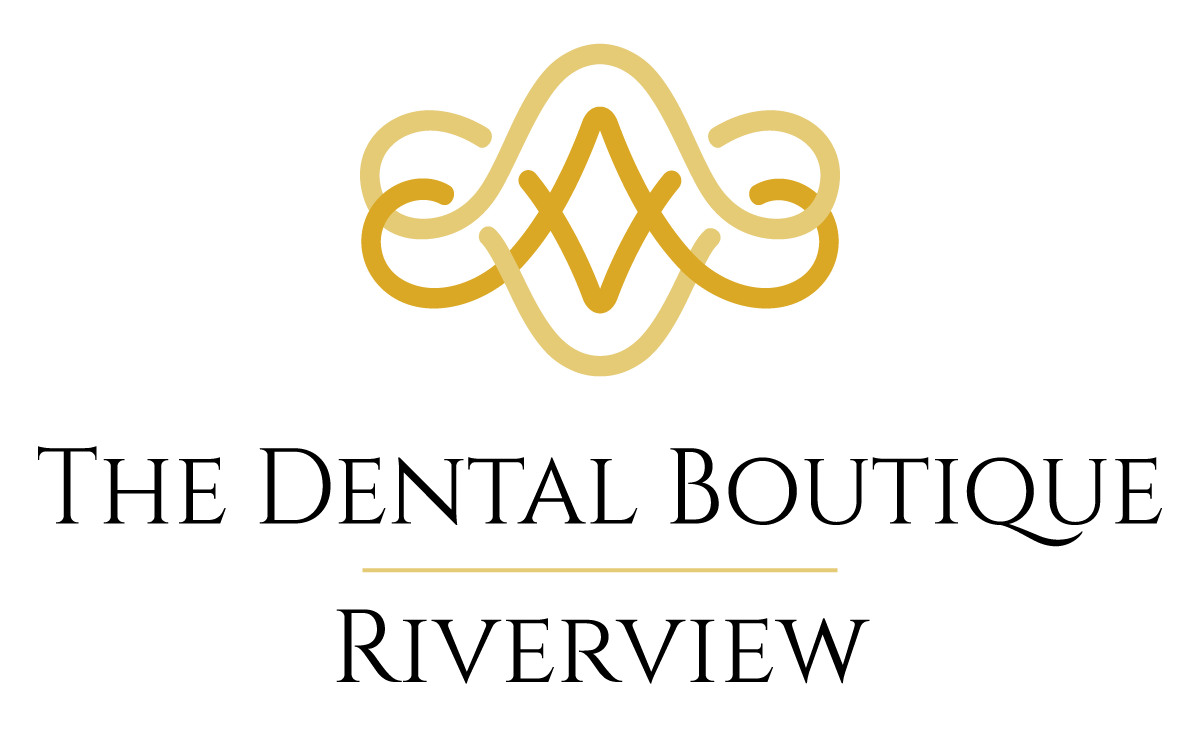What to Expect During a Restorative Dental Visit
Visiting the dentist for restorative work can be a bit daunting, especially if you’re unsure about what the process involves. Restorative dentistry aims to repair or replace damaged or missing teeth to improve your oral health and smile. Understanding what to expect during your visit can help ease any concerns you might have and prepare you for the procedures involved.
During your restorative dental visit, we'll start with a thorough examination to assess your oral health needs. This step is crucial because it helps us understand the condition of your teeth and gums and identify any underlying issues that might need attention. From there, we can develop a personalized treatment plan tailored to address your specific dental concerns.
Whether you need a simple filling or a more complex procedure like a crown or bridge, knowing what to anticipate can make the experience smoother and less stressful. Our goal is to ensure you feel comfortable and informed every step of the way. In the following sections, we'll walk you through each stage of a restorative dental visit, from the initial consultation to post-treatment care. This guide will help you understand the process and keep your smile healthy and bright.
Initial Consultation and Examination
During your initial consultation, we'll start by discussing your dental history and any concerns you might have. This helps us understand your needs and set goals for your treatment. We'll ask about any pain or discomfort you've been experiencing and get an idea of your overall oral health habits.
Next, we’ll perform a thorough oral examination. This includes looking at your teeth, gums, and overall mouth structure. We check for signs of decay, gum disease, and other issues that might need attention. This examination is painless and straightforward, but it gives us a lot of important information about your dental health.
We might also take some measurements and note anything unusual about your bite or the way your teeth align. These initial steps are crucial for building a complete picture of your oral health so that we can create the most effective treatment plan for you.
Diagnosing and Treatment Planning
Once the examination is complete, we use various diagnostic tools to get a more detailed view of what's happening with your teeth and gums. Some of the tools we might use include:
- X-rays: Provide a clear image of your teeth and bone structure, helping us to see cavities, bone loss, and other hidden issues.
- Scans: Digital scans can create a 3D image of your mouth, which is helpful for planning treatments like crowns and implants.
- Photographs: Taking photos of your teeth allows us to track changes over time and aids in planning cosmetic treatments.
With this detailed information, we create a personalized treatment plan. This plan includes all necessary procedures, the timeline for these treatments, and what you can expect at each step. We’ll discuss the plan with you, answer any questions, and make sure you feel comfortable with what’s ahead. This collaborative approach ensures that you are well-informed and ready for the journey to a healthier smile.
Types of Restorative Procedures
Restorative dentistry includes several treatments designed to repair damaged teeth and restore your oral health. Here are some common restorative procedures and their benefits:
- Fillings: Used to treat cavities, fillings restore tooth function and prevent further decay. We use tooth-colored materials that blend in with your natural teeth.
- Crowns: These caps cover and protect damaged or weak teeth. Crowns improve the shape, size, and strength of the teeth and are often used after a root canal.
- Bridges: A bridge replaces one or more missing teeth by anchoring to the neighboring teeth. This helps to maintain the alignment of your remaining teeth and restores your smile.
- Implants: These are metal posts surgically placed into the jawbone, acting as anchors for artificial teeth. They provide a permanent and durable solution for missing teeth, resembling the look and feel of natural teeth.
- Dentures: These removable appliances replace missing teeth and surrounding tissues. They can be full or partial, depending on how many teeth need to be replaced.
Each of these treatments aims to restore the function and aesthetics of your teeth, ensuring you can eat, speak, and smile confidently.
Post-Treatment Care and Follow-Up
After any restorative procedure, taking care of your mouth is crucial for healing and long-term success. Here are some guidelines for post-treatment care:
- Maintain Oral Hygiene: Brush and floss regularly to keep your teeth and gums healthy. Avoid hard or sticky foods that can damage your restorations.
- Follow Specific Instructions: Depending on the treatment, you may need to follow special care routines. For example, after getting a crown, avoid chewing on hard objects for a few days.
- Medication and Pain Management: If you have discomfort after the procedure, over-the-counter pain relievers can help. Follow any instructions we give regarding prescriptions or additional care.
Regular follow-up appointments are essential. We’ll check the progress of your healing and the condition of the restorations. If adjustments are needed, we’ll make sure they’re done promptly to keep your mouth in top shape.
Conclusion
Understanding what happens during a restorative dental visit can make the process more manageable and less stressful. From the initial consultation to post-treatment care, each step is designed to ensure your oral health is restored and maintained. At our office, we’re committed to providing the highest quality care to keep your smile looking and feeling its best. Regular check-ups and proper care are vital for the longevity of dental restorations.
Schedule your appointment with The Dental Boutique Riverview today to experience exceptional
restorative dental care. Let us help you achieve and maintain a healthy, beautiful smile!
Share This Post

